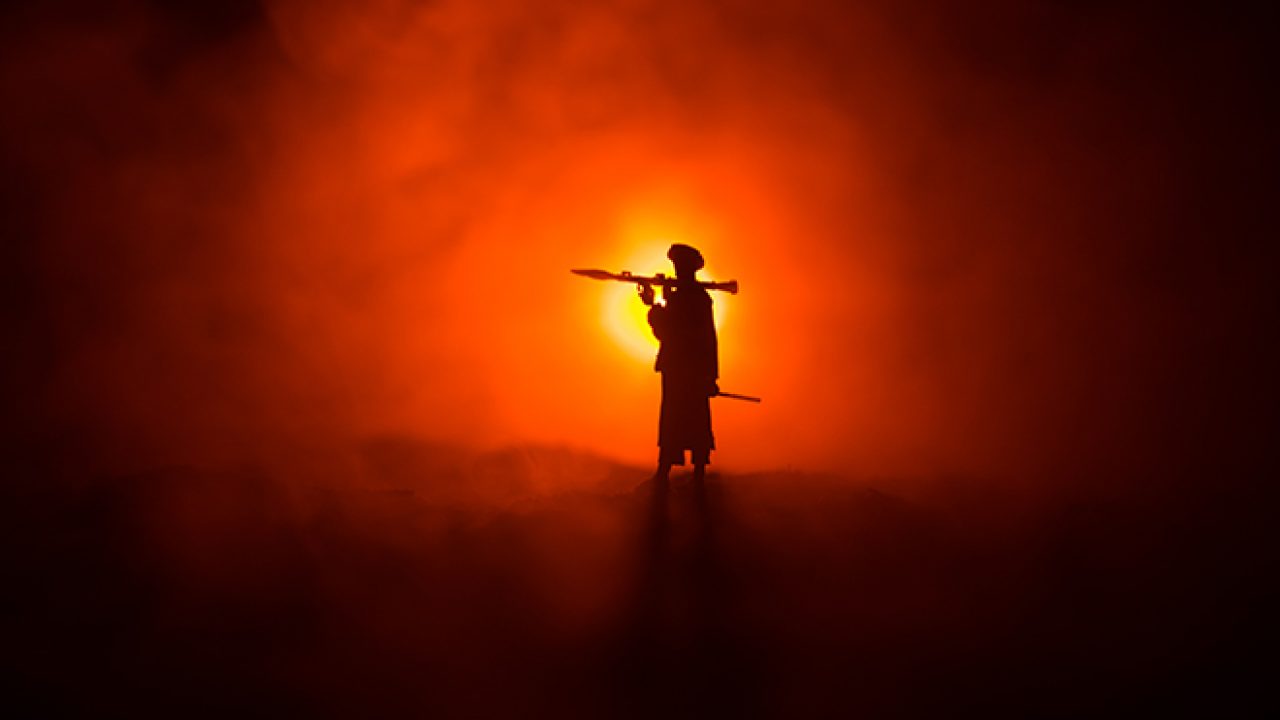STRAIGHT TALK by Hafeez Khan
Afghan Baba migrated from Afghanistan accompanying an estranged cousin of King Zahir Shah. The family had settled in Abbottabad residing in homes built on the foothills of “Chir Pahari” translates to “Pine Mountain”. We lived a few houses down the street. Despite being out of favor, the family head was known as Shahzada sb, the Prince. In the late fifties, early sixties our young impressionable minds were in deep awe of Shahzada sb moving around in American cars followed by guards in a jeep.
I am not sure whether Afghan Baba was a relation or a trusted employee, but he was seen in the company of the Prince. Tall, well built, with a weathered face, Baba supported a long beard colored with henna. He had a disarming smile and a pleasant disposition interacting with the locals in fluent “Hindkoo” Hazara’s language. He was friends with our neighbor and frequent visitor to their house. The neighbor’s son was my friend.
Most houses in our area comprised of family living quarters and an exterior building known as “Baithak” which the males used as a lounge. A covered verandah was attached to the Baithak where elders would smoke “chillum”, a smoking pipe, and chat.
After long hours at school following a rigorous routine, occasionally we were permitted to attend “the bathaik” as listeners only. We would sit in a corner and soak up every word. There had been a clash between some Afghans and locals in the city. Afghan Baba, our neighbor and few elders from the area discussed the incident. Baba kept scratching his orange beard listening to various versions. Finally he spoke in his calm baritone voice “Malik sb (referring to our neighbor) always remember one thing. Never push an Afghan against the wall unless you intend to finish him. If you don’t, he will keep coming back at you till one side drops or runs away.”
Simple words uttered by a wise old man more than six decades ago. It took USA twenty years and three trillion dollars to understand this basic trait of Afghan temperament. I wrote about it in my article of May 23rd “The indestructible spirit of Afghans” available on my website “hafeezkhanofficial.com.pk”.
Most of us are following the unfolding events on media. Repetition may not be productive. However, analyzing the developments I see some serious design defects in the strategies being touted around. An idiom comes to mind “My enemy’s enemy is my friend.” It probably exists in many languages. I present another version “My enemy’s friend is my enemy.” This has been the default setting for the events spread over many decades of Afghan conflict. Pakistan has provided bases and facilitated USA from its territory to wage war against its adversaries.
Starting from Zia Ul Haq till recently, all Pakistani rulers participated overtly or covertly in this facilitation. The last two decades has been a war with Taliban and the West led by US forces. Various indigenous Afghan regimes have been cobbled together with material, financial and training assistance to front this struggle. In all this Pakistan paid the highest price. Taliban and their allies blamed us for being “friends with their enemy.” This sentiment was picked by India who deployed huge resources in unifying and activating anti-Pakistan and pretentiously pro Taliban activists. They waged a terrorist war within Pakistan. They also infiltrated FATA tribesmen to take on the Pak Army to inflict maximum damage to all institutions and civilian targets all over.
It took a herculean effort by the armed forces to quell this insurrection and actually build a barrier to control border crossings. It took a tremendous toll of lost lives and expended resources. The back of the terrorists has been broken for now. All this could restart very easily. USA is withdrawing its forces from Afghanistan but it wants to retain the ability to provide logistic and air support to Afghan forces fighting Taliban. So they went for the default setting again pressuring Pakistan to make its airbases available to conduct these remote operations.
Fortunately Prime Minister Imran Khan did not wilt under this tremendous pressure. It certainly came as a huge surprise to the naïve ones in US Establishment. The thinking minds amongst them must realize that this is a new Pakistan they are dealing with. The statement “we can be partners in peace but not in a conflict” hit bull’s eye.
How would this stance translate into the realities on ground? Without air support and US troops, Afghan official forces resistance would unravel rather quickly. That has been the case since May where Taliban have taken control of 50 districts out of a total of 370. They control the main highways and Afghan Tajikistan border. Old Mujahideen groups are being commissioned as a result of large scale surrenders and desertions among Afghans.
This is the crossroad for the Afghans. Do they want to go back to the bloody nineties that led to destruction and highlighted ethnic fault lines or sit down and come up with acceptable power sharing for all parties? Pakistan, China, Russia and other neighbors can ill-afford a turbulent Afghanistan which can spill over into their countries. These are dangerous times and one hopes the Turkish led effort succeeds in bringing a resolution between the Afghans. The American are gone and aren’t coming back.


Leave a Reply